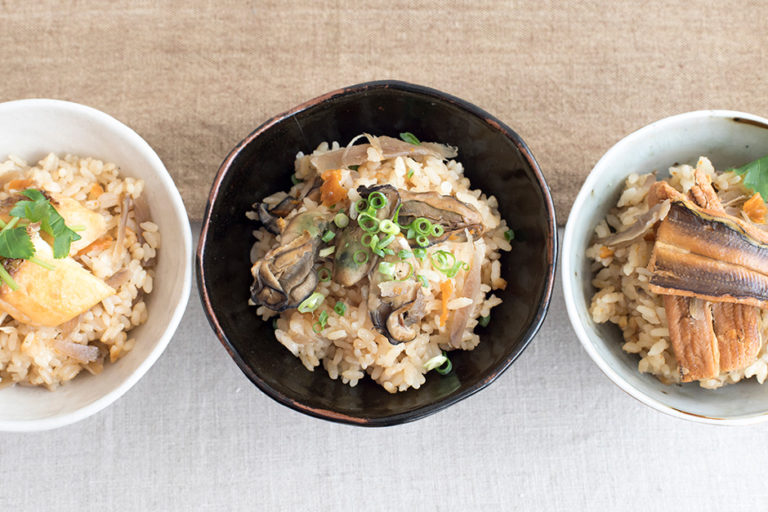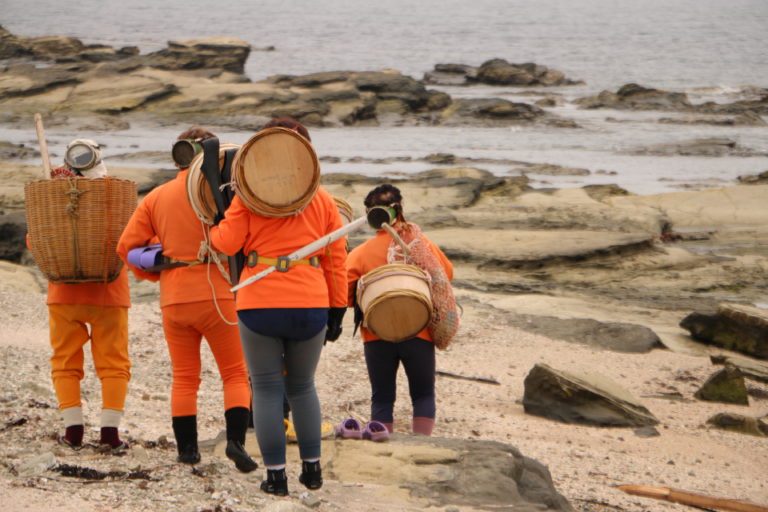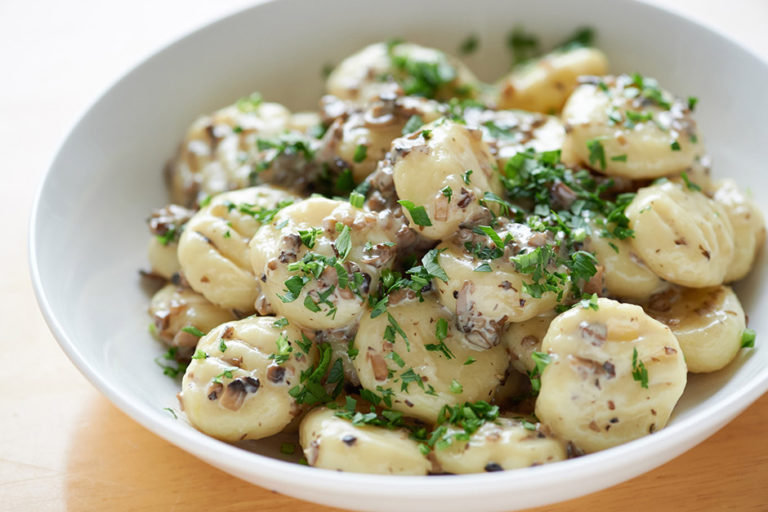SHUN CURATORS (October 2014)
A Swiss Take on the Attractions of Japan ?Trips you can take to enjoy Japan’s seasonal delicacies?
- Stefan Schauwecker, Chief Editor for the Japan Guide website
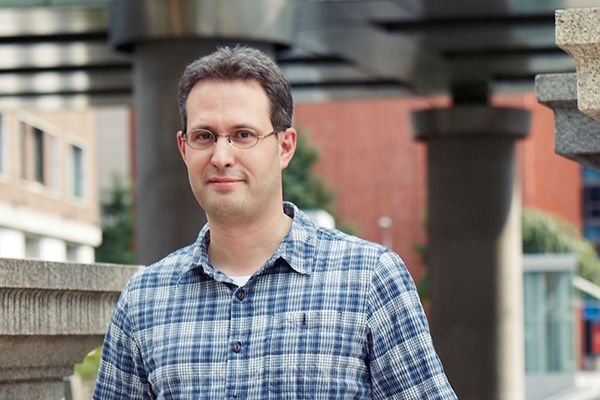
A resident of Japan for eleven years, Schauwecker loves nothing more than to explore Japan’s mountains and hot springs. His aim is to see more international tourists visiting provincial cities and rural areas throughout Japan.
So, what does Schauwecker, a man who has visited over 1,000 locations nationwide, recommend as Japan’s must-visit destinations?
Studying abroad in Canada: The catalyst for his interest in Japan
Is it true that a chance meeting with a Japanese student in Canada was the catalyst for your love of Japan?
Yes, it is. I had been in Vancouver, Canada, for ten years when I met a really nice Japanese student there, and it was this encounter that led me to take an interest in Japan. After that, I thought it would be pretty cool to be able to write in Japanese so I started studying the language, and I began eating at Japanese restaurants to experience a little of the culture. As I was doing this, my interest in Japan grew rapidly [smiles].
And your next move was to launch the Japan Guide website and move to Japan, wasn’t it?
Well, I launched the Japan Guide website in Canada in 1996. This was a time when even well-established businesses did not have fully developed websites yet, so there were only a small number of similar sites back then. Sometime later, I married a Japanese woman I had met in Canada, and we moved to Japan in around 2003. After that, I started focusing more of my energy on refining the tourist information on the Japan Guide website. I actually visited a lot of places myself to gather information and take photographs, and then posted articles on them on the website. To date, I have visited over 1,000 places throughout Japan. I used to spend over two months of the year traveling around the country, but since fact-finding trips are divided between my staff members and me nowadays, I’m on the road less frequently now. I actually wish I could travel a bit more often.

How do you choose the tourist spots that you feature on your website?
One way we do this is to choose places that we think meet the needs of visitors to our website. For instance, we might visit a place if we receive an increasing number of inquiries about it through the site’s question forum. We also receive quite a few inquiries from people singing the praises of certain places that even we haven’t heard of. We’ve decided that we have to go and visit Kawachi Fujien, for example, because we have recently received an increasing number of requests for information on this park, which is famed for its beautiful Japanese wisterias. When we choose a new place ourselves, we do some research about its scenery, historical background, and other characteristics to determine whether it would be of interest to international tourists. And when we visit somewhere to gather information, we always try the local cuisine, which is one of the more enjoyable parts of these fact-finding trips.
An unforgettable taste: Enjoying Fuki-no-to at the Nyuto hot spring resort
What aspect of Japanese food culture do you enjoy the most?
The fresh ingredients! The reason is because in Japan you get to enjoy the taste of the ingredients as they are. So sashimi is a dream food for me. In particular, I will never forget the kaisendon (a large bowl of rice topped with seafood) I ate at Omicho market in Kanazawa. The nodoguro (rosy sea bass) was really good. The sea urchins and ikuradon (a large bowl of rice topped with salmon roe) that I had on Hokkaido’s Rishiri and Rebun islands were delicious, too. Perhaps the most unusual thing I’ve eaten over here was the raw goat meat I had in Okinawa. It has a unique smell and it even had some hair left on it. It was really mindboggling [laughs]. But if I visit Okinawa again, I will definitively give it another try. You cannot enjoy uncooked food unless the ingredients are fresh, and that is what makes Japan so wonderful. Another feature of Japanese cuisine that impresses many visitors is that the food is visually appealing, too. Not only is close attention paid to how the food is arranged on the plate, but the colors of the ingredients and the plate are also well coordinated. Japanese cuisine is truly a work of art.
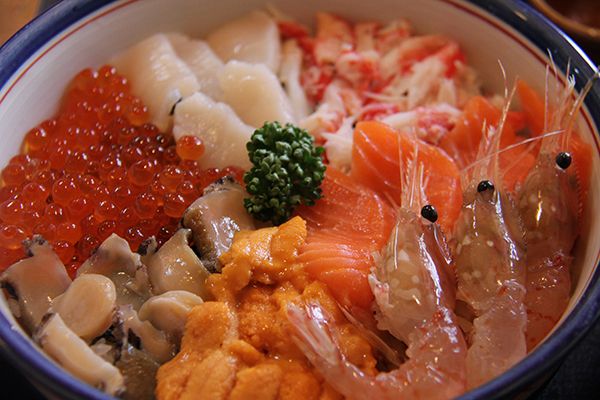
Does Swiss food culture have the notion of seasonality, too?
Yes, I think so, because many Swiss dishes use seasonal ingredients. But the Japanese take seasonal delicacies to a different level. This will vary from one family to the next, of course, but based on the dishes I see served for dinner over here and the product lineups at supermarkets, I think it’s clear that the Japanese are extremely aware of seasonal delicacies. And when I watch TV, I often come across programs that introduce viewers to seasonal events and local foods at tourist spots. These are based on themes such as autumn gourmet tours. I once visited a coastal town in Canada in the hope that I would be able to enjoy some fish fresh from the sea, but I was really disappointed to find that all of the fish on sale had been fried. There wasn’t even any information on the type of fish that had been used. That would never happen in Japan, would it?
Have you come across any particularly impressive seasonal delicacies in your travels?
I love hot springs, and I particularly like Tsurunoyu Onsen, a minshuku (Japanese inn) at the Nyuto hot spring resort in Akita Prefecture. This minshuku has been around since the Edo period, and some of its guest rooms has a traditional sunken hearth. Free from the showy signboards you find on hotels in the city, Tsurunoyu really does make you feel as if you have been transported back through time to ancient Japan. The area was still covered in snow when I visited in early spring, and I found some fuki-no-to (flower buds of the Japanese butterbur plant) in the mountains.
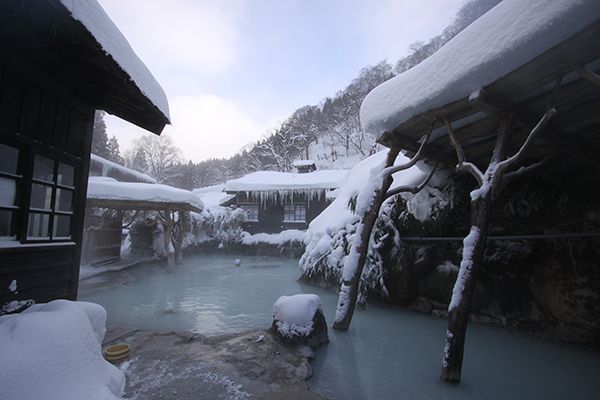
I had never seen any of these beautifully shaped plants before, and that night the minshuku happened to serve some for dinner. What I liked most about them was that they had a bitter taste that I had never experienced before. They had the fresh taste of something that has come straight from a spring forest to the dinner table. Ever since then, I get excited as soon as spring approaches, wondering whether I will be able to enjoy fuki-no-to again. These plants can only be harvested during a very short period of time between winter and spring, so the Japanese relish the moment this delicacy comes into season. I will treasure my first taste of fuki-no-to for the rest of my life.
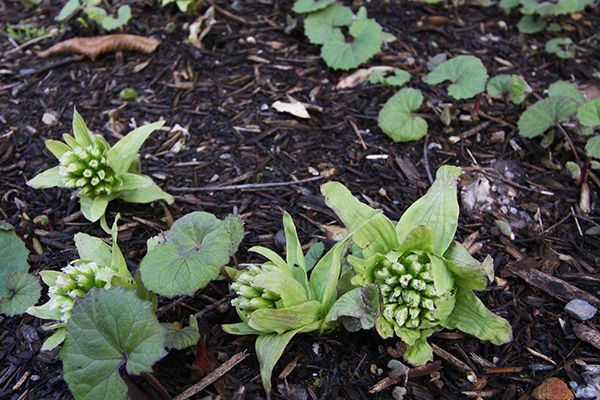
Rural areas: A treasure trove of yet-to-be-discovered cultural assets
Has your impression of Japan changed since you moved here?
When I first came to Japan, I thought it looked a bit like Italy. This might be an impression that only the Swiss could have of Japan, though. When I went to an izakaya (a Japanese drinking establishment), I saw Japanese people in a completely different light. They had always struck me as very polite and reserved, yet here they were enjoying some food and a drink in a lively atmosphere that eminded me of Italy. Also, although the food and scenery are two very attractive aspects of Japan, the most wonderful thing about Japan is the people. They are friendly and well-mannered, making visitors from overseas feel completely at ease. I tend to be a little shy, but I always look forward to encounters with the locals here. I really enjoy striking up conversations with the older men that I happen to meet as I have a soak in a hot spring and asking them about the delicious local dishes. I get the impression that people from Tohoku are more gentle and kind-hearted, though it takes them a little to open up to others. People from Kansai, on the other hand, are open from the moment you meet them. The personality of Japanese people seems to vary from one region to the next, doesn’t it? It might be interesting to choose the places you want to visit based on your own personality.
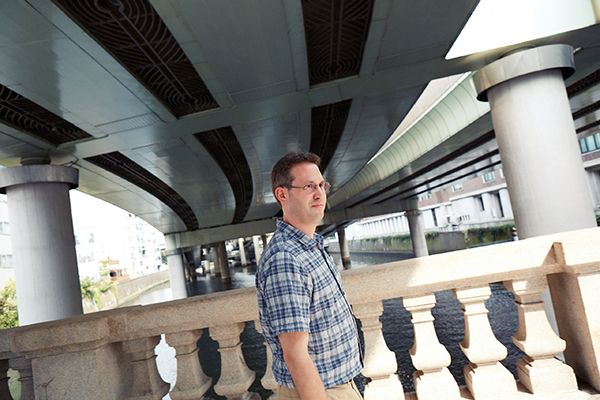
Tokyo and Kyoto are already popular stops for international tourists, so are there any other places you could recommend?
During my first trip to Japan, I visited Tokyo, Nikko, Kamakura, Kyoto, Osaka, Kobe and Nara as I spent two weeks traveling along Japan’s “Golden Route.” That said, I do hope that visitors to Japan will also take the opportunity to enjoy the beautiful, unspoiled nature of the country’s rural areas. Doing so will give them the chance to discover many fascinating cultural assets and to enjoy local food and sake found nowhere else. I would particularly recommend that they visit a hot spring or two, as I personally believe that these provide a unique insight into Japanese culture. In addition to my work on the Japan Guide website, I have also published a few Japanese-language books on Japan, and I would be delighted if Japanese people would develop a greater love for their own country by getting to know Japan’s many attractions through the eyes of an outsider.
Writer : ASAKO INOUE
/
Photographer : KOJI TSUCHIYA

